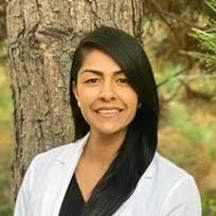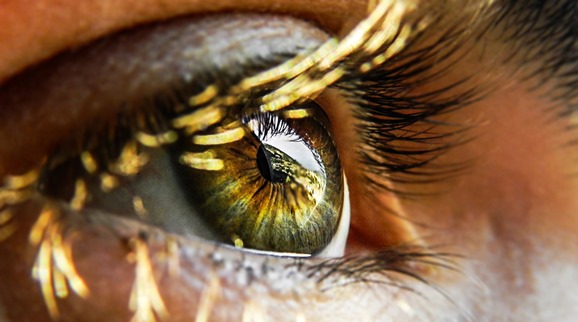ScanFitPRO Offers Novel Method to Custom Scleral Lenses

BEST OF THE BEST: Our TOP DOCS of 2020
April 24, 2020
MADE: A New Coronavirus Concern
November 24, 2020Colorado resident Tricia* had been fit with close to half a dozen different gas permeable and scleral lenses in the six years since her diagnosis of keratoconus (KC). The lenses she had been wearing provided good vision, but left her eyes looking red, teary and painful. Now a teacher in her late 20s, Tricia often looked like she was at the end of a night of hard partying. She was self-conscious about the ‘bloodshot’ look of her eyes and, more than once, had heard comments about her appearance from co-workers.
She shared this concern with her eye doctor, Dr. Swati Kumar, OD, who concluded that the edge of her lenses irritated her eye and caused the redness. A lens that sat properly on her sclera would improve her eye’s appearance and overall eye health. Tricia was fit into a ScanFitPRO lens and the results were immediate and impressive. With the aid of comfortable, customized lenses, the angry, red eyes were gone.
As more doctors and patients appreciate the benefits of the scleral lenses for treatment of KC, the technology is constantly advancing. By increasing the amount of data gathered, doctors have been able to customize lenses in ways that improve visual acuity and increase comfort and wear time.
Most scleral lenses on the market start as prefabricated shells. The fitter is given options to modify the lens, including the size, the vault or how high over the cornea the lens sits, the alignment or edge, and the optics that provide the best possible vision.
ScanFitPRO, the latest innovation by the makers of EyePrint Prosthetics, takes the idea of a personalized lens to the next level. EyePrint Prosthetics was initially developed by optometrist and KC expert Dr. Christine Sindt, OD. To fit the flagship product, the EyePrintPRO, and eye doctor takes an impression case of the eye and then sends the impression to the manufacturer who creates a one-of-a-kind lens that mirrors the eye’s surface. EyePrintPRO is more costly and complex than traditional scleral lenses, but for people with damaged or highly irregular corneas, it offers a rare opportunity to achieve good vision and comfort.
ScanFitPRO, the company’s new product, and the option offered to Tricia, presents an option between the impression method of the EyePrintPRO and the more common method of trying various diagnostic or trial lenses until the right fit is found.
Keratoconus patients are evaluated regularly by their eyecare professional using a topography machine. As shown here, a ‘map’ of the cornea and sclera is captured, showing in color and numbers, the current state of disease. The Pentacam topography unit by the German company Oculus is the most popular machine used by KC experts.
Using special software, ScanFitPRO translates corneo-scleral elevation data from the Pentacam to create a 3-dimensional profile of the ocular surface. The eyecare professional uses this information and the ScanFitPRO software to design a custom lens and then sends the design to a state-of-the-art manufacturing facility. This new technique reduces the time a patient spends in the exam chair by eliminating the need for trial lenses, and introduces useful information about ocular surface elevation into the manufacturing process. The result being lenses that can be designed in a single visit with a minimal revision rate compared to traditional diagnostic scleral lens fitting.
Dr. Kumar has seen the results of this technology in several of her patients. “The ScanFitPRO provides a precise, glove-like fit for patients looking for more comfort and less time spent in the exam chair.” To learn more, visit EyePrintPRO.com
*Not the patient’s real name
 A Fellow of the American Academy of Optometry, Dr. Swati Kumar, OD, FAAO is a graduate of the New England College of Optometry. She completed a residency in cornea and contact lens at Nova Southeastern University in Florida and now practices at the Colorado Eye Center’s offices in Eastlake and Thornton. She also works as consultant, designer, and clinical optometrist for EyePrint Prosthetics.
A Fellow of the American Academy of Optometry, Dr. Swati Kumar, OD, FAAO is a graduate of the New England College of Optometry. She completed a residency in cornea and contact lens at Nova Southeastern University in Florida and now practices at the Colorado Eye Center’s offices in Eastlake and Thornton. She also works as consultant, designer, and clinical optometrist for EyePrint Prosthetics.




